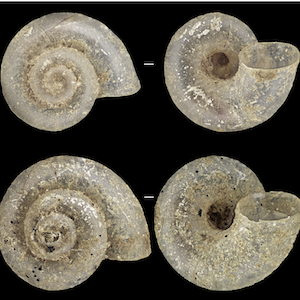Articles
14 December 2021
Vol. 9 No. 1 (2022)
[New phreatic and stygobitic hydrobiids from the Northern Apennines in Piedmont, Liguria and Emilia-Romagna (Gastropoda: Caenogastropoda: Hydrobiidae)]

Publisher's note
All claims expressed in this article are solely those of the authors and do not necessarily represent those of their affiliated organizations, or those of the publisher, the editors and the reviewers. Any product that may be evaluated in this article or claim that may be made by its manufacturer is not guaranteed or endorsed by the publisher.
All claims expressed in this article are solely those of the authors and do not necessarily represent those of their affiliated organizations, or those of the publisher, the editors and the reviewers. Any product that may be evaluated in this article or claim that may be made by its manufacturer is not guaranteed or endorsed by the publisher.
1391
Views
1041
Downloads










